Pros and Cons of PLS TFT Display Panels
If you frequently switch between different smartphones, you may notice variations in screen display quality. This is due to the various types of panels utilized in smartphones and tablets. One such panel is the PLS TFT.
However, what exactly is PLS TFT? Developed by Samsung, PLS TFT, which stands for Plane to Line Switching, Thin Film Transistor, is a type of display panel used in a range of their products, including smartphones, tablets, and monitors. It was created to compete with the IPS LCD panel, a technology developed by Hitachi. As a result, the quality of PLS TFT is often regarded as being on par with that of IPS LCD.
Despite the similarities, Samsung has incorporated several enhancements into the PLS TFT technology. So, what makes products equipped with PLS TFT panels stand out, and what are the potential drawbacks? Join us as we delve deeper into this topic in the discussion below.
Pros of PLS TFT Display
Using PLS TFT panels in smartphones and other display devices offers notable benefits. Below are the key advantages of PLS TFT panels that you should be aware of.
1. Wider Angle of Vision
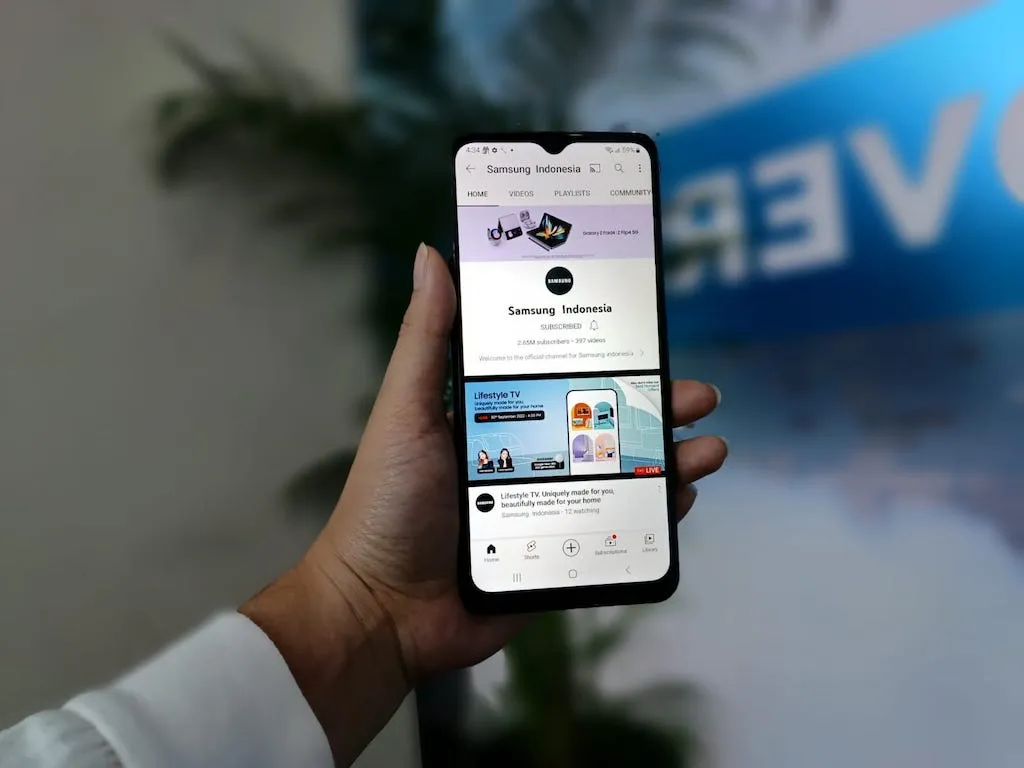
Whenever smartphone or tablet users wish to share screen content with friends, a broad viewing angle is essential. This is where one of the strengths of PLS TFT comes into play.
This display panel offers an expansive viewing angle of up to 178 degrees, ensuring that the screen continues to exhibit content clearly even when observed from a side angle.
2. Slimmer Design
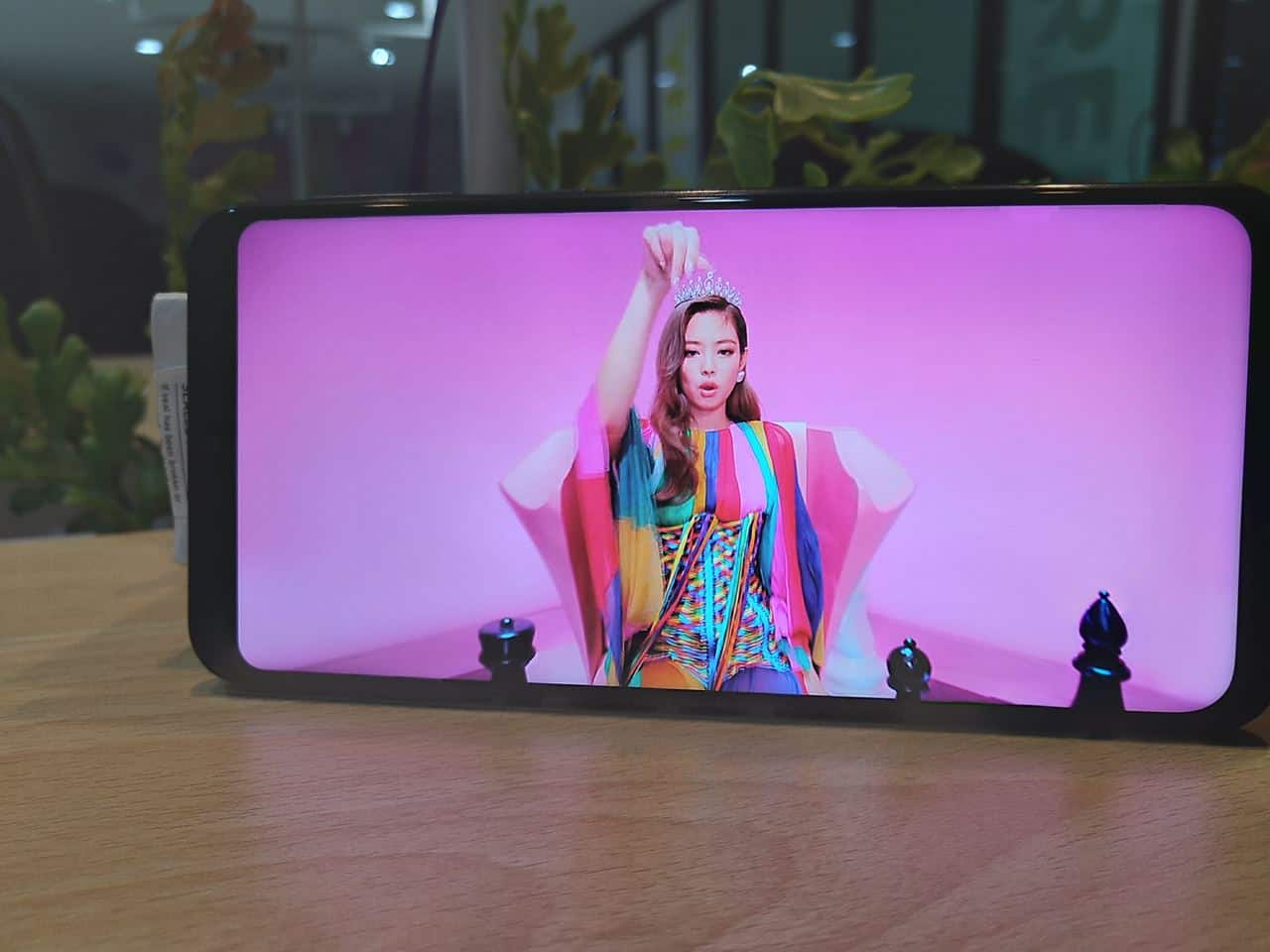
Samsung, the creator of the PLS TFT technology, consistently focuses on maintaining an ergonomic design in its products. This is why they incorporate PLS TFT panels that are slimmer compared to the IPS LCDs.
This is made possible because the glass layer housing the liquid crystal is positioned lower within the screen setup, as mentioned on the Nauticomp page.
Utilizing slimmer panel materials allows for a reduction in the overall thickness of the phone. As a result, smartphones equipped with PLS TFT panels are not only characterized by a wide viewing angle but also prevent the phone from becoming bulky.
However, it should be noted that there are various other factors that contribute to the thickness of a phone, including the construction of the body design, the battery capacity implemented, among others.
3. Low Risk of Burn-In
 Source: Asurion.com
Source: Asurion.comDevices equipped with OLED panels harbor an inherent risk. Prolonged display of the same color and brightness in certain areas on OLED screens can lead to damage, causing them to appear dull or yellowish
In certain instances, the screen may retain remnants of previous displays, a phenomenon referred to as burn-in or shadowing.
All kinds of display panels are susceptible to burn-in to some extent. However, this risk is significantly higher in OLED panels due to their individual small pixels that generate their own light, making them more vulnerable to burn-in compared to PLS TFT panels.
Thus, whereas OLED screens might succumb to burn-in after two or three years of usage, PLS TFT panels tend to offer greater longevity, providing users with increased peace of mind. Nevertheless, the ultimate longevity depends on the quality of each individual panel.
4. Higher Maximum Brightness Level Compared to IPS
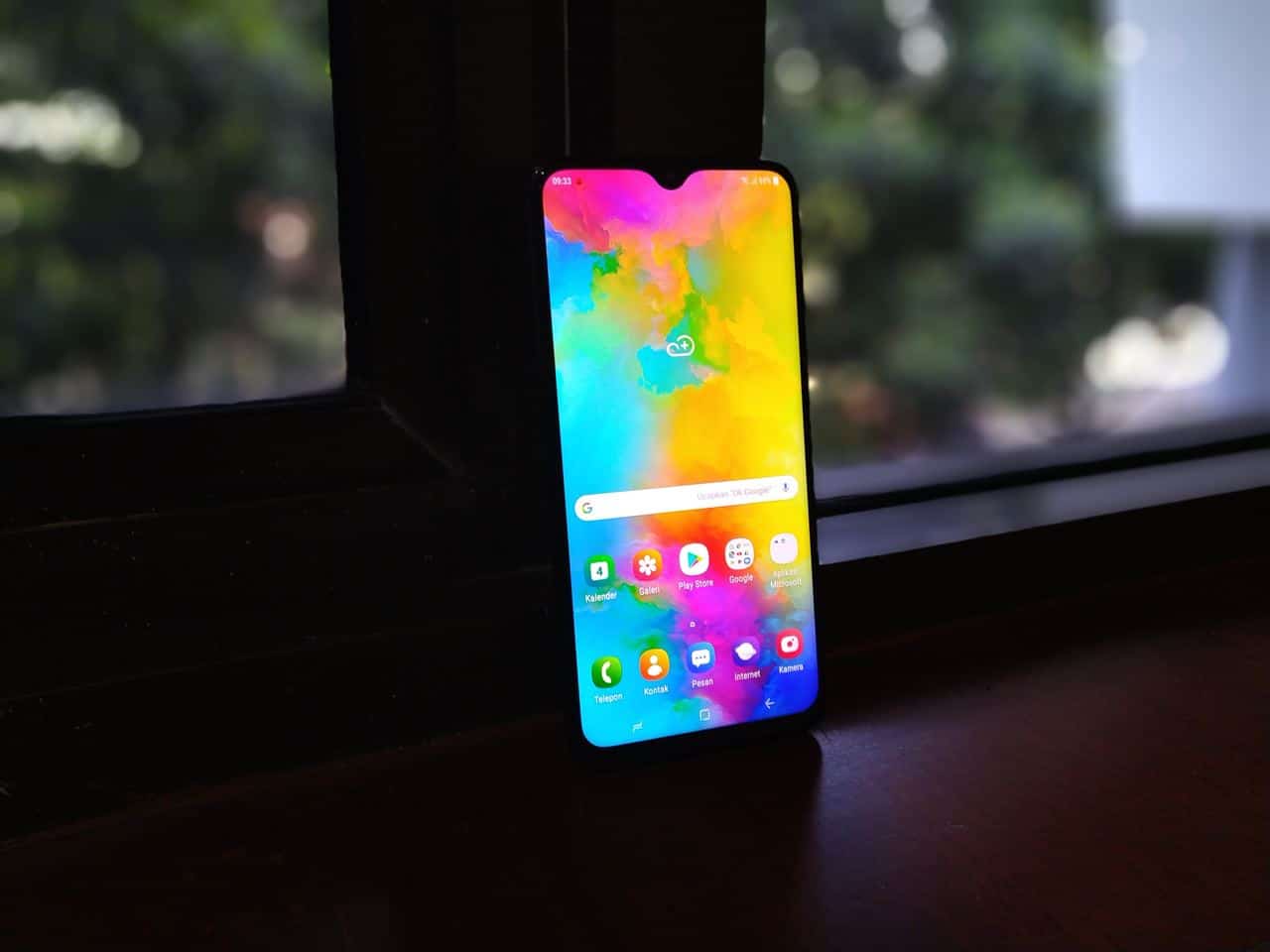
While often perceived to have similar performance characteristics to IPS LCD, PLS TFT technology actually facilitates higher screen brightness levels. Specifically, Samsung asserts that PLS TFT panels can achieve a 10% increase in screen brightness when compared to IPS LCD panels.
This augmented brightness level means that smartphones or tablets equipped with PLS TFT panels offer enhanced visibility, especially when used outdoors where bright sunlight can often render screen content illegible.
Thanks to the superior brightness of PLS TFT technology, the readability of text and other content displayed on the screen is significantly improved, eliminating the necessity to shield the screen from direct sunlight manually.
5. Lower Production Costs
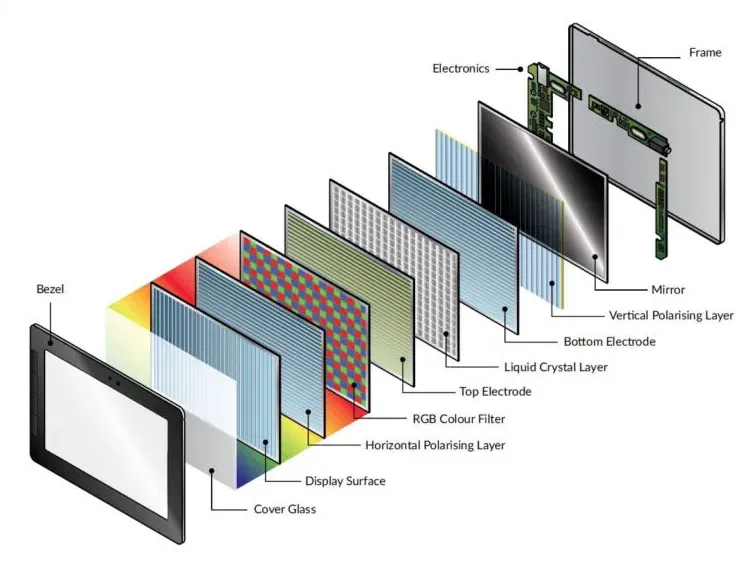
Beyond the enhanced display quality, PLS TFT panels also present an advantage regarding more affordable production costs. Specifically, it has been noted that the manufacturing cost of PLS TFT is about 15% less expensive compared to IPS TFT.
This cost-efficiency could potentially influence the final pricing of the phone, potentially resulting in more affordable pricing for devices featuring PLS TFT panels. Moreover, this economic advantage provides manufacturers with the freedom to incorporate additional features into the phone, such as superior chipsets or enhanced connectivity options, without significantly escalating the retail price.
Cons of PLS TFT Display
While PLS TFT comes with several benefits, it cannot be ignored that this panel also has drawbacks that might make it less competitive compared to phones equipped with other types of panels. These disadvantages are as follows:
1. Inability to Accommodate Under-Display Fingerprint Scanner Sensors
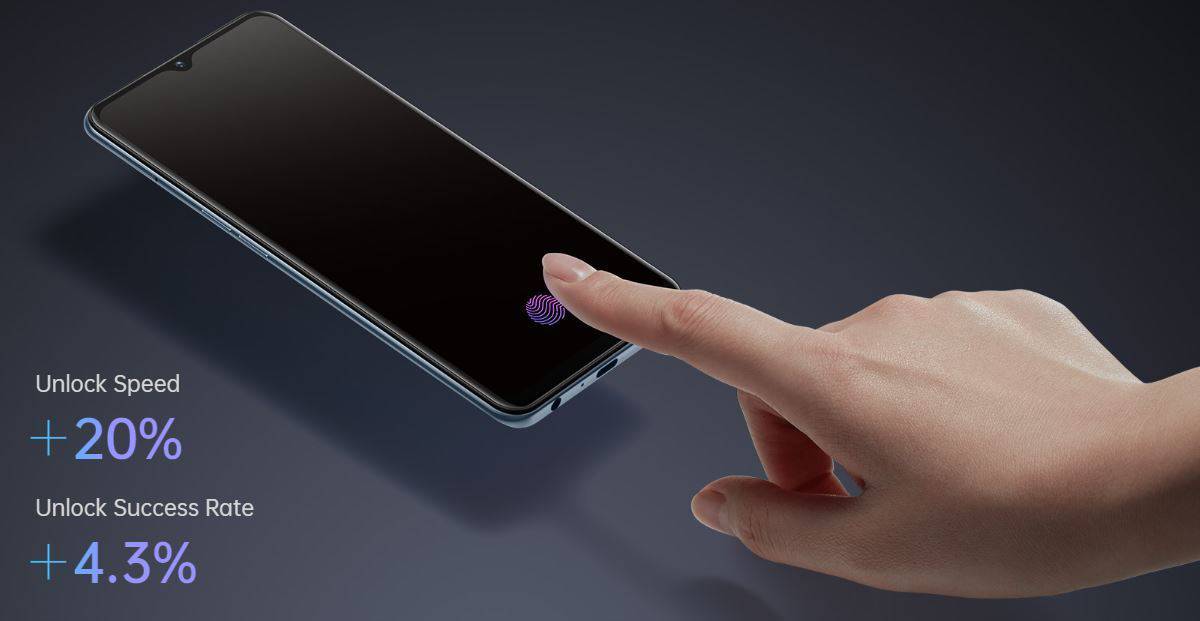
Upon examining various smartphones utilizing PLS TFT panels, you will find that none of them feature a fingerprint scanner sensor embedded within the display. This limitation stems from the fact that only OLED display panels are capable of supporting sensors integrated directly into the screen, commonly referred to as under-display fingerprint scanners.
This is attributed to OLED's capability to display screen content without the need for additional light sources, a feature not shared by PLS TFT or IPS LCD panels. These panels necessitate LED backlighting behind the screen, a requirement that restricts manufacturers from incorporating fingerprint scanner sensors within them.
2. Restricted to Samsung Products
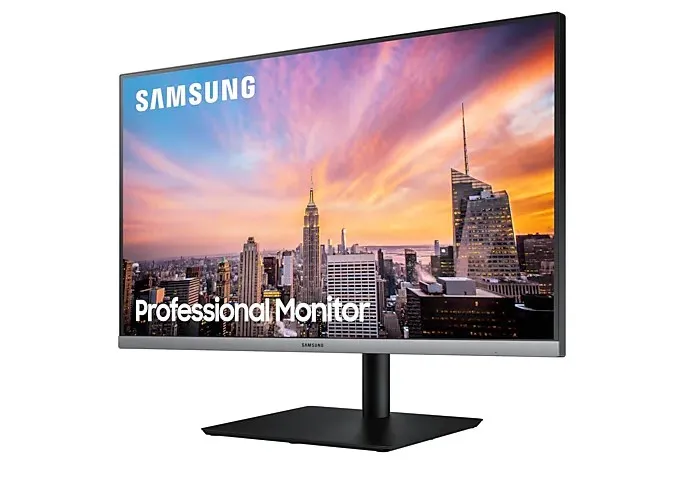
While the production cost of PLS TFT is indeed more economical, as it is being a Samsung creation, it is predominantly utilized in Samsung's own products. Numerous budget-friendly Samsung phones feature this panel, and it can also be found in several of Samsung's monitor products, such as the 27-inch Samsung S27R650F.
Due to its exclusive development by Samsung, PLS TFT panels are not available in products from other brands so far, encompassing both mobile phones and monitors.
3. Increased Power Consumption
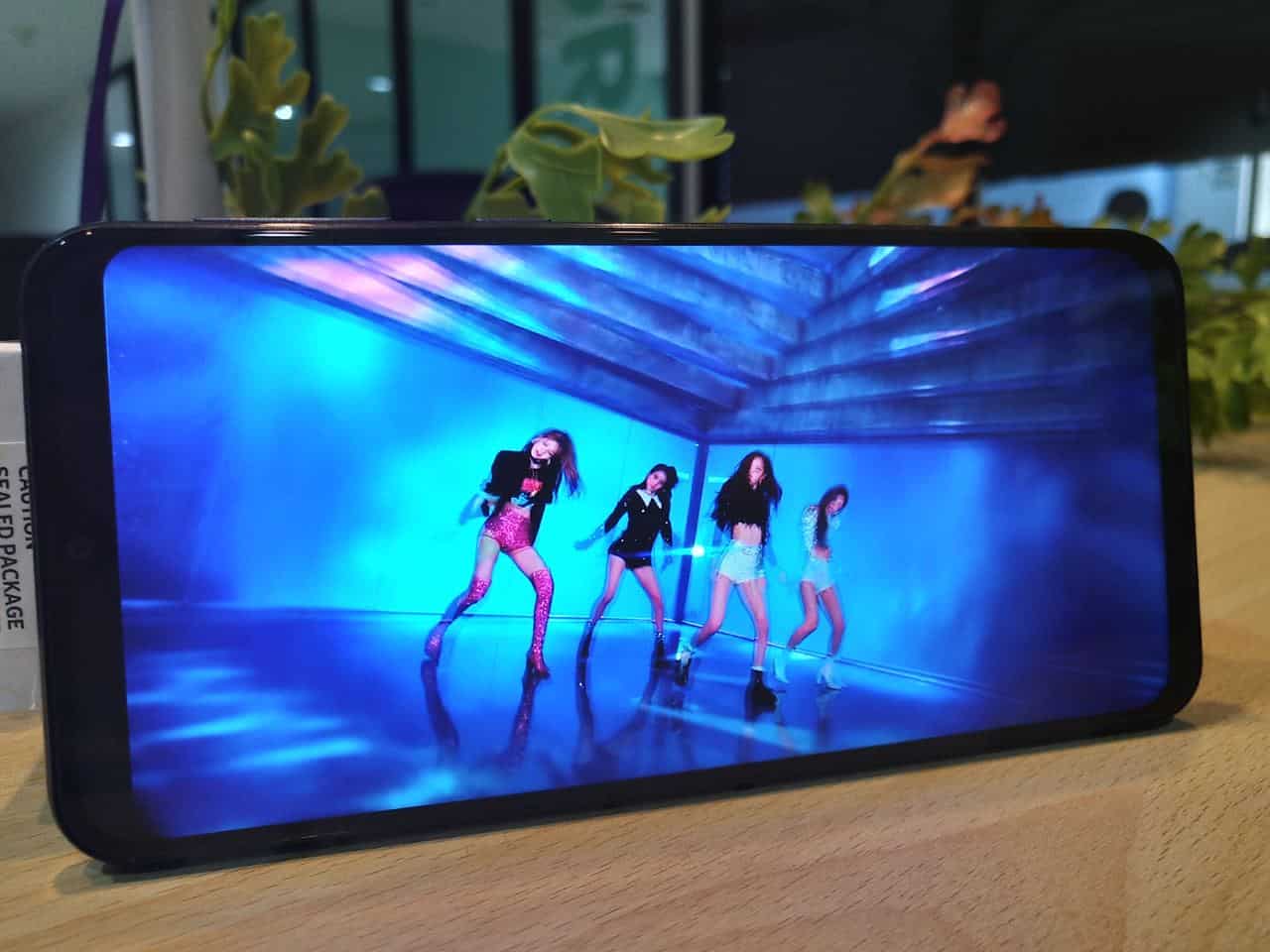
Smartphones equipped with PLS TFT panels are generally characterized by higher battery consumption compared to those with OLED panels. The reason is, as mentioned previously, PLS TFT panels cannot generate sufficient light without the assistance of LED backlights.
In situations where the screen displays black color, the LED lights remain active. This contrasts with OLED technology, which organically emits light and consequently does not require light emission for the black portions of the screen.
As a result, phones with OLED displays, particularly those utilizing a dark mode interface, can sustain a longer battery life compared to those featuring PLS TFT panels.
4. Inferior Contrast Ratio Compared to OLED
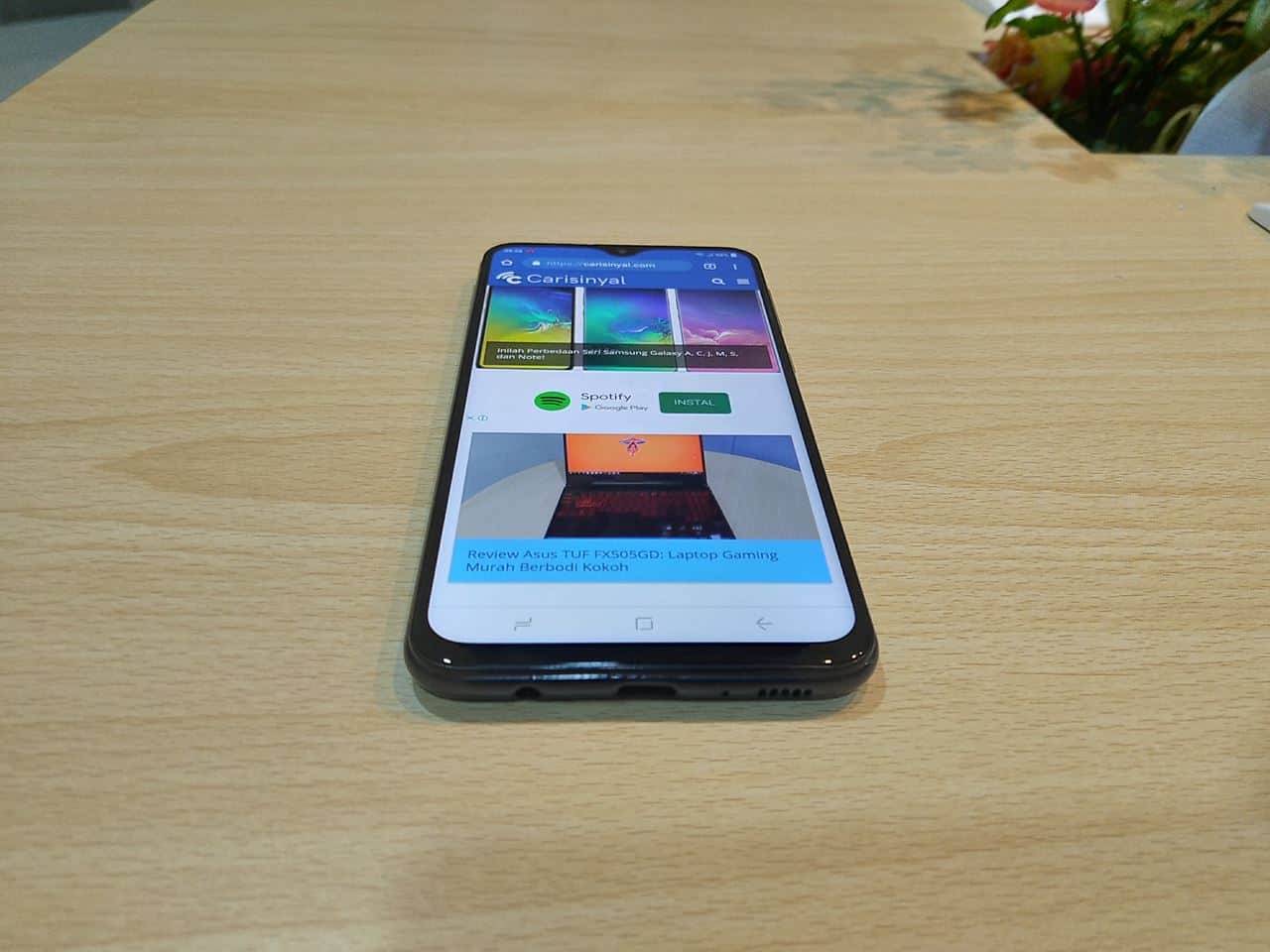
This particular disadvantage is somewhat linked to the issue of power consumption. Due to the continuous operation of LED lights even when displaying black sections on a PLS TFT panel, it achieves a less impressive contrast ratio between black and white.
PLS TFT panels are incapable of representing a truly deep black hue as exhibited by OLED panels. Furthermore, an optimal contrast ratio is integral to enhancing the overall quality of images and videos displayed.
Given the limitless contrast ratio inherent in OLED technology, smartphones equipped with OLED panels frequently provide a more enjoyable content viewing experience.
5. Slower Response Time

In comparison to OLED, PLS TFT panels generally exhibit a slower response time. The response time indicates the capacity of screen pixels to transition between colors. A reduced or sluggish response time can result in screen ghosting, which consequently diminishes the overall display quality.
Conclusion
That sums up the discussion on the pros and cons of PLS TFT panels. Predominantly found in Samsung phones, particularly within the entry-level segment.
These panels serve as a quality option for budget-friendly smartphones, offering a broader viewing angle and heightened brightness levels when compared to IPS LCDs.
